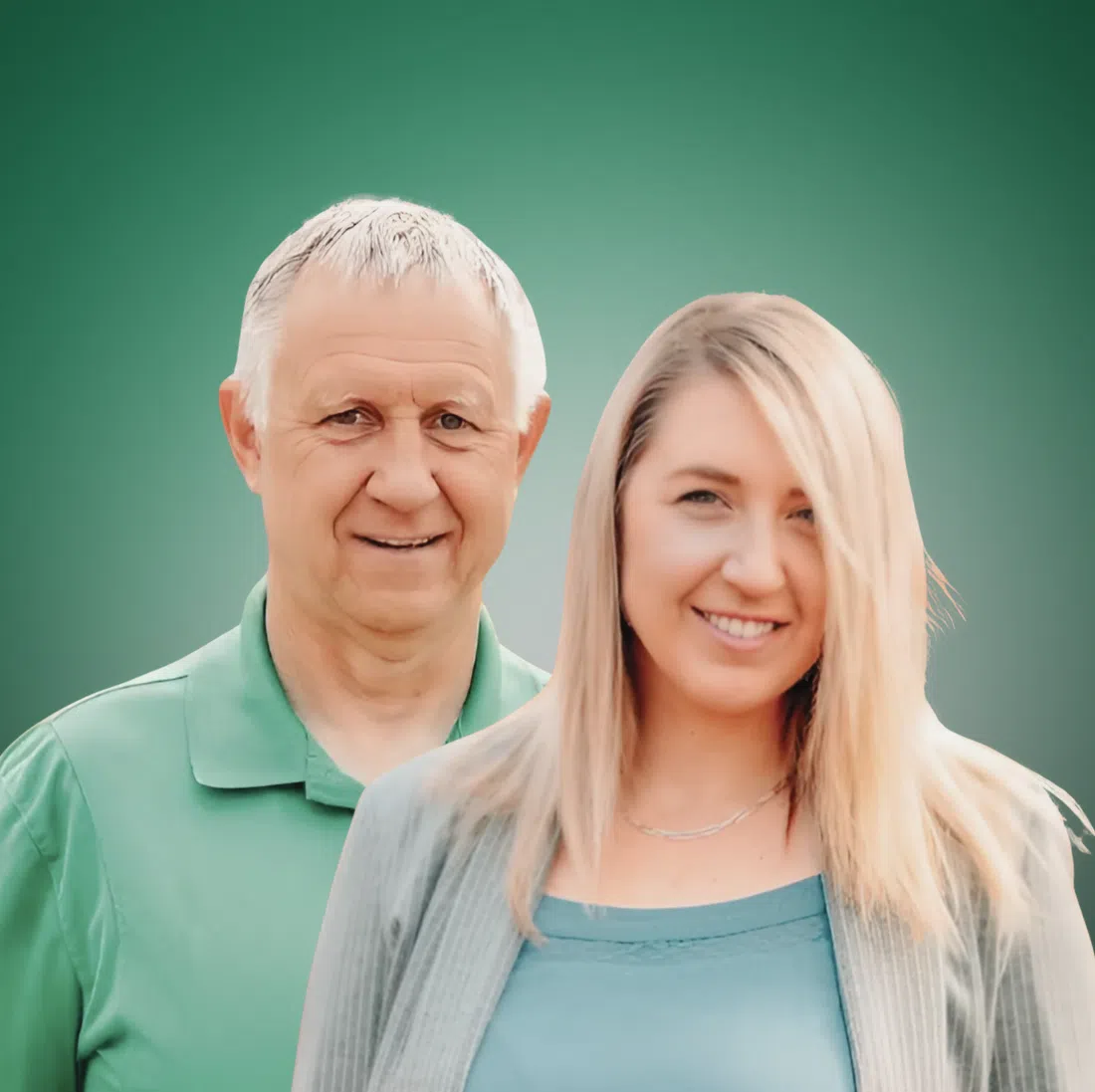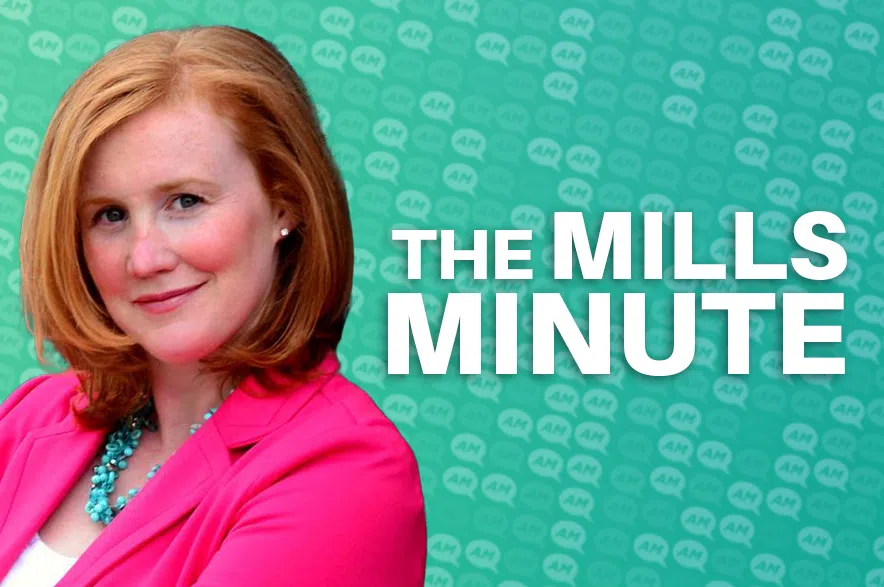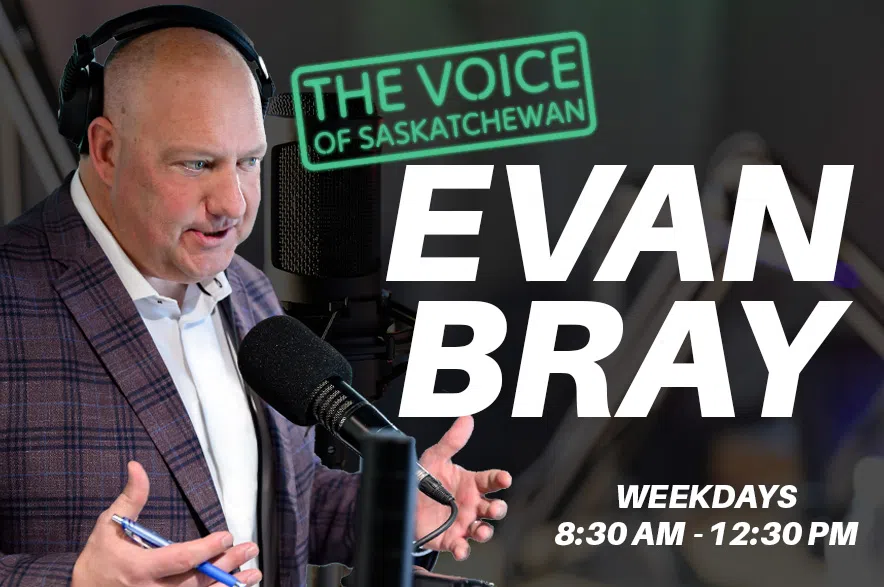
COVID-19 vaccine FAQs
The first COVID-19 vaccinations are underway in Saskatchewan and there are a lot of questions around how and when they will be delivered. Here are some of the FAQ (Frequently Asked Questions) and answers.
Q: Who can get the vaccine?
A: The vaccines approved so far are for people 16 and over for the Pfizer vaccine and 18 and over for the Moderna and AstraZeneca versions. Children were not included in clinical testing.
Q: Where is the vaccine coming from?
A: The first doses were provided by Pfizer, which was the first company to get approval from Health Canada. The federal government has purchased 20 million doses so far, with an option to purchase an additional 56 million. As of Dec. 15, Canada had signed a contract to receive up to 168,000 doses of Moderna’s COVID-19 vaccine before the end of December. On Dec. 30, Saskatchewan started to receive 4,900 doses of Moderna’s vaccine, which is slated to be shipped to northern Saskatchewan due to its more transportable nature. Canada has purchased 20 million doses of the AstraZeneca vaccine, which was approved by Health Canada on Feb. 26.
Q: When will people start getting vaccinated?
A: The first shipment of doses arrived on Dec. 15, with 1,950 doses committed to a “pilot” rollout focusing on health-care workers, including ICU employees, staff at emergency departments and COVID units at both Regina hospitals, as well as those working at testing and assessment centres. The first vaccines were administered at the Regina General Hospital on Dec. 15 to Dr. Jeffrey Betcher, a critical care physician, and Leah Sawatsky, an emergency room nurse. A second dose was provided to this pilot group 21 days later.
Weekly shipments are now arriving based on a per-capita allocation provided to each province and territory by the federal government, which is responsible for purchasing and distributing the vaccines. There will be two phases of vaccine distribution in Saskatchewan, with the first focusing on “priority populations” and the second beginning to get the vaccine into the arms of the general public.
As of Feb. 22, 81 per cent of residents in long-term care homes had received their first doses and 43 per cent had received both doses. The government expects Phase 2 — the vaccination of the general public — to begin sometime in April. Phase 2 will see inoculations take place by age, with those in the 60-to-69 age group to get their shots first.
Q: So, it will be a while before the average person can get the vaccine?
A: Yes. After the pilot was completed, Phase 1 began in late December, consisting of 202,052 doses of the Pfizer vaccine being administered throughout Saskatchewan. It targeted “priority populations,” including health-care workers, long-term care residents, and members of vulnerable populations. The 4,900 doses of the Moderna vaccine that arrived on Dec. 30 went to northern Saskatchewan, where high case numbers and positivity rates had been recorded. Those Moderna vaccines were to be administered to long-term and personal care home staff and residents and frontline health-care workers.
Phase 2 is expected to start in April. The provincial government expects it will still be completing vaccination of “priority populations,” as well as opening up widespread access for the general population.
In fact, the government notes it could be able to scale up each phase, should access to more vaccines and/or more doses become available.
Q: Where will I have to go to get the vaccine?
A: During Phase 1 of the rollout in Saskatchewan, the vaccine will be administered primarily in long-term and personal care homes.
When the general population starts immunization in Phase 2, distribution will occur at public health clinics and other designated vaccination sites. These will include mass immunization clinics and by doctors, nurse practitioners and pharmacists.
Q: I’ve heard that different companies are making vaccines. Are they all the same?
A: The vaccination effort is being led by the federal government, which has made deals with these vaccine producers: AstraZeneca, Sanofi and GlaxoSmithKline, Novavax, Johnson & Johnson, Pfizer, Medicago, and Moderna. The federal government says more than 150 vaccine candidates are being worked on around the world.
The first vaccine approved for use by Health Canada is from Pfizer. Moderna’s was approved for use on Dec. 23, with AstraZeneca’s shot getting approval Feb. 26.
Meanwhile, five vaccines have been approved for final-stage testing in the United States, where the effort to produce vaccine has ramped up in recent weeks. These vaccines could be approved for use in Canada eventually as well.
Q: What about the vaccine that’s being worked on here in Saskatchewan?
A: The University of Saskatchewan’s Vaccine and Infectious Disease Organization-International Vaccine Centre, known as VIDO-InterVac, is working to develop its own vaccine. On Feb. 1, the centre’s vaccine started clinical trials. Once those trials are complete, VIDO InterVac will be able to ask Health Canada for approval to put the vaccine into production.
Q: How effective are the approved vaccines?
A: Pfizer’s testing claims 95 per cent effectiveness among its 44,000 subjects in preventing COVID-19 infections — but not until a week after the subjects received their second dose. Moderna has reported 94.5 per cent effectiveness in its testing, which included a subject pool of 30,000 people.
Q: Will I experience side effects?
A: Health Canada’s information shows that some recipients had side effects, such as pain at the injection site, chills, exhaustion, and fever. These are similar to other vaccines that have been tested. There have been reports from the United Kingdom of people with severe allergies having reactions to the shots, but most serious side effects are said to be rare and short-lived.
Q: Do I have to get a needle?
A: Two, actually. The vaccine is delivered in the arm muscles, like a normal flu shot. Clinical studies have shown the best results come from two doses, three to four weeks apart (depending on the manufacturer).
Q: Why two doses?
A: To make sure you’re protected. Because COVID-19 is a new virus and people haven’t been able to produce antibodies to fight it, a second shot is a safe bet to ensure people develop enough immunity. Companies have stated that in their testing, they have seen their “best results” when two doses are administered.
Q: What if I forget to make an appointment for the follow-up shot?
A: The province says its existing immunization administration system, which keeps track of all immunizations delivered in Saskatchewan, will be able to manage the COVID-19 program. More resources are being added to make sure each COVID vaccination is entered into the system, and to make sure residents are reminded to get their follow-up dose. Vaccination records will be provided to everyone who completes the immunization process.
Q: Do I still need to get it if I’ve already had COVID and recovered?
A: According to the Centers for Disease Control, we don’t know enough about the virus yet to say if someone is immune after recovering, or for how long natural immunity could last. More studies need to be done.
Q: I assume it will be provided on a first-come, first-served basis?
A: No. The province notes that “diligent prioritization” will be required to manage the supply and “protect those most at risk.”
Public Health says more shipments are expected every week. That assumes there will not be any issues with manufacturing processes or shipment, as there were in January.
Q: Weren’t the vaccines rushed through the testing phase? How do I know they’re safe?
A: Health Canada has stressed that the vaccines have been thoroughly considered and declared equally effective, and are thus approved for use. Both Pfizer and Moderna have been evaluated and approved for use by many nations. You can find more information on the applications and their evaluation on Health Canada’s web site.
Q: Everyone is talking about how the vaccines need to be kept frozen. How is that supposed to work?
A: The two approved vaccines, Pfizer and Moderna, need to be kept at very cold temperatures. Pfizer’s must be transported and stored in an “ultra-low-temperature freezer,” which means it must be kept at -70 C at all times before it is injected. Moderna’s vaccine must also be kept frozen, but only at -20 C.
The province has created a task force to oversee these logistics. Public Health will provide Saskatchewan with seven freezers and one ultra-low-temperature freezer. The provincial health ministry has also bought 25 portable ultra-low freezers to help ship the vaccine across the province.
More freezers are being purchased to store Moderna’s vaccine at public health facilities throughout Saskatchewan.
Q: How much will it cost?
A: The federal government is ensuring the vaccine is free to all Canadians.
Q: Will anyone be forced to take it?
A: No. Both the federal and provincial governments are encouraging as many people as possible to get vaccinated in order to achieve community immunity, but they have also made it clear that vaccination will not be mandatory. Most jurisdictions are also planning as thoroughly as possible to ensure that no doses are wasted.
Q: Can I stop wearing a mask and social distancing after I get inoculated?
A: Health Canada, the U.S. Centers for Disease Control, and other bodies recommend you keep wearing masks even if you’re immunized. The CDC points out there’s still a lot we don’t know about the virus, and it’s better to err on the side of caution.
This page will be updated as we learn more.










